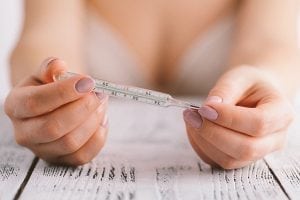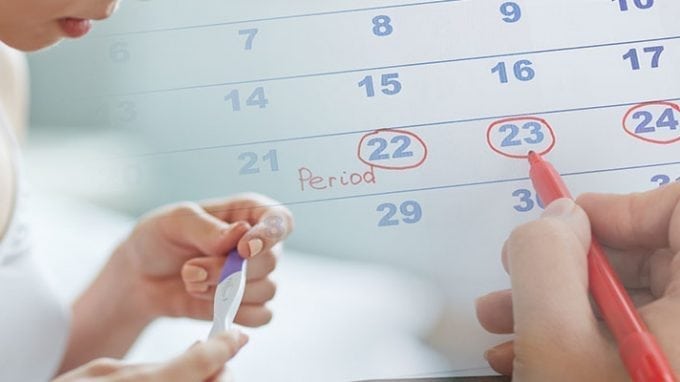When trying to conceive, fertility tracking is extremely important. A woman has several options for knowing her most fertile times of the month. Although it may be tricky to determine your fertile window, it can be helpful to know exactly what you need to track to know the best time for conception.
Tracking Your Cervical Fluid
By tracking your cervical fluid, you can get a better idea of when ovulation is imminent. There are two ways to do this: you can check the toilet paper after wiping or insert a finger in your vagina and reach toward your cervix. When you have obtained a sample of the cervical fluid, here is how to determine what it means.
* Sticky Cervical Fluid
This type of fluid is the least fertile. It will look and feel thick and has the consistency of glue. You will usually have this type of fluid at the beginning of your cycle.
* Creamy Cervical Fluid
This type is also not fertile. If it is white or yellow and looks or feels like lotion, it is not indicating a fertile window. In this phase, sperm can not reach the uterus.
* Watery Cervical Fluid
While this type of fluid is not indicating a woman’s most fertile time, it does signal that ovulation is near. The consistency of the fluid is thin and watery. In this phase, sperm can quickly swim into the uterus.
* Egg White Cervical Fluid
This is the type to look for when you want to track your fertile window. A fluid that is the consistency of raw egg whites and is stringy and sticky between your fingers is indicating a fertile period. This type of fluid makes it easy for sperm to make their way to the uterus.
Track Your Basal Body Temperature

To track your basal body temperature, make a chart. Each morning, before you get out of bed, check your temperature. Do this before you eat, drink, sit up or make any abrupt movements. Using a basal thermometer, take your temperature for the day. Do this at the same time each morning.
Note that your temperature can fluctuate on a daily basis. Toward the end of your cycle, you should notice that your temperature rises .5 degrees to 1 degree and stays high. You need to look for this time when your temperature stays high. This will usually happen on the same day that you ovulate and should correspond with the time when your cervical fluid reached an egg white consistency.
Track your temperature and check your cervical fluid for a few months and you will soon notice a pattern. You’ll begin to know when ovulation takes place during your cycle so you can plan accordingly.
Menstrual Charting
An easy way to track your fertile window is through menstrual charting. For a few months, keep track of the exact days your period begins and ends. You should note the length of your cycles. Ovulation typically happens 14 days before the start of your period. Around this time, you will usually feel signs that ovulation is happening. These signs include cramps, fluid retention and mood swings. With regular menstrual cycles, you should be ovulating at the same time each month.
By using the above methods, you can track your fertility and know the best time for conception each month. Use the methods in conjunction with each other, and it will better help you pinpoint your fertility window.




